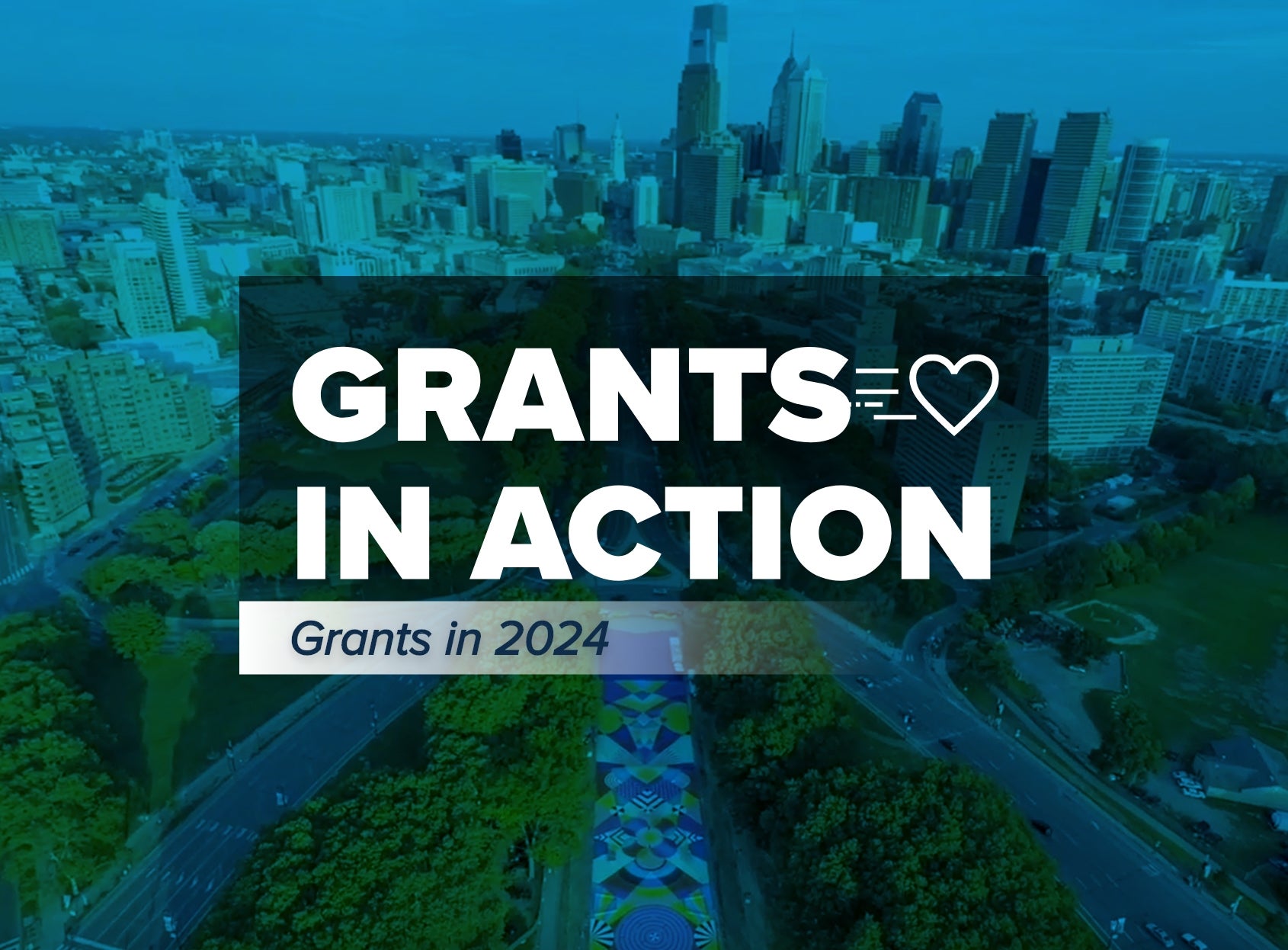Three Ways Donor-Advised Funds Can Reduce Your 2018 Tax Bill

Last November, Congress passed sweeping changes to federal tax law. The Tax Cuts and Jobs Act of 2017 altered tax rates, deductions and credits affecting individuals.
The new tax laws have ignited heightened interest in donor-advised funds (DAFs) as a charitable giving solution. The tax benefits you enjoy with a DAF help you fulfill your giving aspirations and allow you to provide your favorite charities with the security of predictable financial support.
Below are three ways DAFs can help you minimize your taxes while maximizing your charitable support.
NPT does not provide legal or tax advice. NPT strongly encourages you to consult with your tax advisor, attorney or other professional advisor before making charitable contributions.
1. Bundle your charitable gifts for a higher deduction, without sacrificing support for your favorite charities.
Under the new tax laws, benefits to individual taxpayers include a simplified filing process for personal taxes as the standard deduction doubled. The change in tax deduction incentives, however, has made some donors reconsider their personal philanthropic strategy. Charities are concerned that the laws may reduce their donors’ charitable donations.
One strategy to maximize your charitable giving and your tax deduction is to make larger contributions in less frequent intervals to a donor-advised fund (DAF). “Bundling” your gifts—contributing 2-3 years’ worth of charitable gifts at once to a DAF—allows you the flexibility to claim a charitable deduction in year one and to grant the assets out over time. By bundling your gifts to a DAF, the charities you care about can count on your regular support.
2. Reduce or eliminate capital gains on appreciated assets.
The stock market’s volatility in 2018 has created some challenges, but gains built over the last several years could be creating taxable events for investors. Other asset classes, including cryptocurrency and real estate, have also experienced long-term gains.
If you have appreciated assets, consider contributing them to a DAF. If you donate non-cash assets held longer than one year directly to a public charity, you may avoid capital gains tax while also claiming a fair market value tax deduction. This strategy reduces your tax obligation and makes more money available for causes important to you. You can learn more about the tax advantages of contributing long-term appreciated securities by using our Donation Calculator.
3. Mitigate high-tax income events.
The much-discussed intergenerational transfer of wealth is upon us. Baby Boomers are the wealthiest generation in history. As they prepare to pass down trillions of dollars, recipients may be experiencing windfalls, be it through business transitions, gifts or inheritance.
Contributing to a DAF during a high-income year is an opportunity to realize your philanthropic aspirations and maximize charitable tax benefits. The new tax law reduces the top individual tax rate and the increased deduction limits for cash donations from 50% to 60% of adjusted gross income. These new tax rules make tax-deductible gifts to a DAF even more beneficial in high-income years.
These are just some of the many ways you can use your DAF as an efficient charitable giving vehicle. With the new tax changes, using a DAF can be a strategic choice to make the most of your philanthropy.
To get started with your own DAF, you can connect with the Regional Director in your area or access the necessary forms. Deadlines for contributions to DAFs in 2018 can be found on NPT’s Giving Season Central.


